
The French wine heritage is one of the oldest and most renowned in the world. France has a long tradition of winemaking, dating back to Roman times, and has preserved this fine heritage throughout its history.
The French climate and soil are particularly conducive to viticulture, and French winemakers have made the most of these natural conditions. They have developed a multitude of grape varieties adapted to each terroir, and they have perfected winemaking methods that have made French wines famous. They are renowned for their quality and diversity. There are French wines for all tastes and budgets, from the simple table wine to the grand cru classé. They are also appreciated for their unique character, which reflects the terroir from which they come.
France is a country that has been producing wine for several centuries and has a highly developed viticulture. French vineyards are spread all over the country, from north to south, and produce all types of wines, from white to red to rosé.
The major French wineries are mainly located in the south of the country, in the regions of Bordeaux, Languedoc-Roussillon and Provence. These three regions are renowned for the quality of their wines and produce world famous wines.
Bordeaux is the largest vineyard in France and produces famous red wines such as Médoc, Graves and Saint-Émilion. Languedoc-Roussillon is a region that produces wines of all types, but is particularly known for its red wines. Finally, Provence is famous for its rosé wines, but also produces good white and red wines.
The French wine heritage is a real national treasure with its red, white and rosé wines. It is rightly recognized as one of the best in the world.
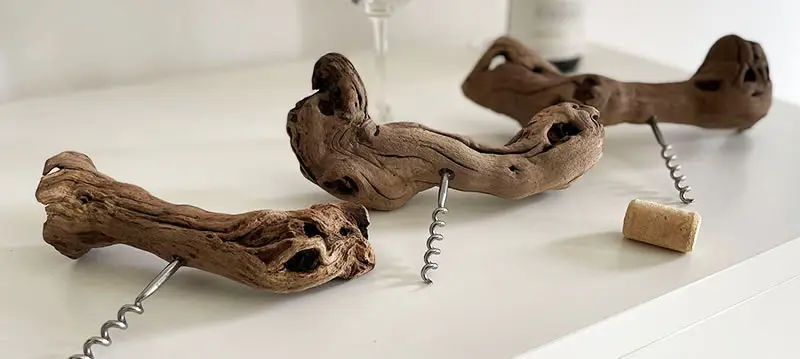

Our beautiful country has many great wineries renowned for the quality of their products. Among the most famous are “la Champagne“, “la Bourgogne”, “le Bordeaux”, “la Vallée du Rhône” et “la Provence”.
Champagne is a wine region located in France, in the northeast of the country. It is one of the largest wine producers in the world. Champagne is known for its sparkling wines, produced from Chardonnay, Pinot Noir and Pinot Meunier grapes.
Bourgogne is another wine-producing region located in the east-central part of the country. It is particularly famous for its red wines, produced from Pinot noir grapes. Bourgogne also has many wineries renowned for the quality of their white wines, such as Chablis, Côte de Beaune and Côte de Nuits.
Bordeaux is another famous region, located in the southwest of France. It is one of the largest wine producers in the world. Bordeaux is best known for its red wines, produced from Merlot, Cabernet Sauvignon and Cabernet Franc grapes.
The Rhone Valley in the southeast of the country is particularly known for its red wines, produced from Syrah, Grenache and Mourvèdre grapes. It also has many wineries renowned for the quality of their white wines, such as Châteauneuf-du-Pape and Côtes du Rhône.
Finally, Provence, located in the southeast of the country, is well known for its rosé wines, produced from Grenache, Cinsault and Syrah grapes. It counts among its white wines, the Cassis and the Bandol.

The Nantes vineyard is a wine region located in the Loire-Atlantique department. This region is known for its dry white wines, but it also produces red and sweet wines. It is composed of many small vineyards, which produce quality wines.
The vineyards of Nantes are exposed to the sun and enjoy a temperate climate. The soils are rich in limestone and the vines grow well there. Nantes wines are generally fruity, elegant and have good acidity. They go well with French cuisine and especially with seafood. They are often used in seaside restaurants. If you have the opportunity to visit the vineyards of Nantes, don’t hesitate to taste the muscadet and to discover the decorative vine stocks.
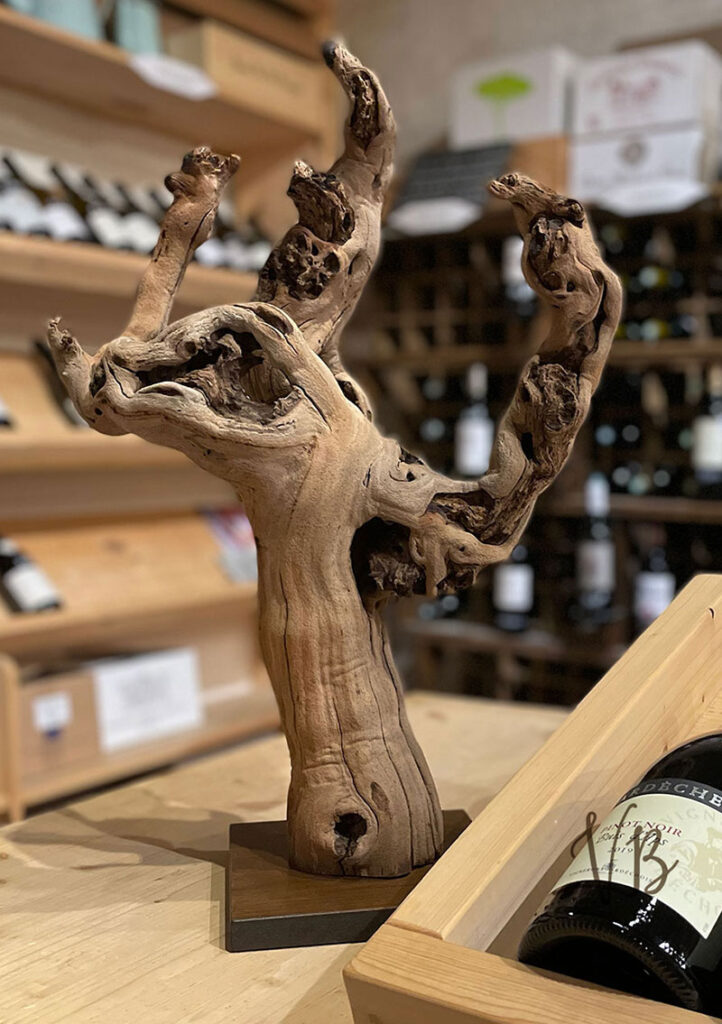
I was going to write to you to tell you that these 2 vine stocks are incredibly beautiful. I live in a wine region too but I have rarely seen vine stocks with such an imposing base, magnificent, I am very happy.

I received the package
I am delighted, it is a very beautiful object that I am sure will have its effect!
Thank you

I just received the package. The vine stock is beautiful and I like it a lot. Thank you very much again.
Package received, very nice lamp, thank you very much!
Voilà, la branche est arrivée ce matin.... quelle merveille! Encore plus belle de ce qu'on avait imaginé !
Oui, je vous enverrai des photos... sans faute. Mais il faudra juste avoir un peu de patience... mon compagnon prends toujours un peu de temps pour faire les choses 😁
Merci beaucoup
This is great news, to see your creations in real life with the material has really comforted me in the investment I am making.
These are great creations.
Thank you and have a nice day.
I fell under the charm of the authenticity that emanates from the Vieille Branche vine stock. Being a unique piece, placed on my sideboard, it brings an original and warm cachet to my living room.

I received the vine stock in perfect condition. Thank you very much for your help.

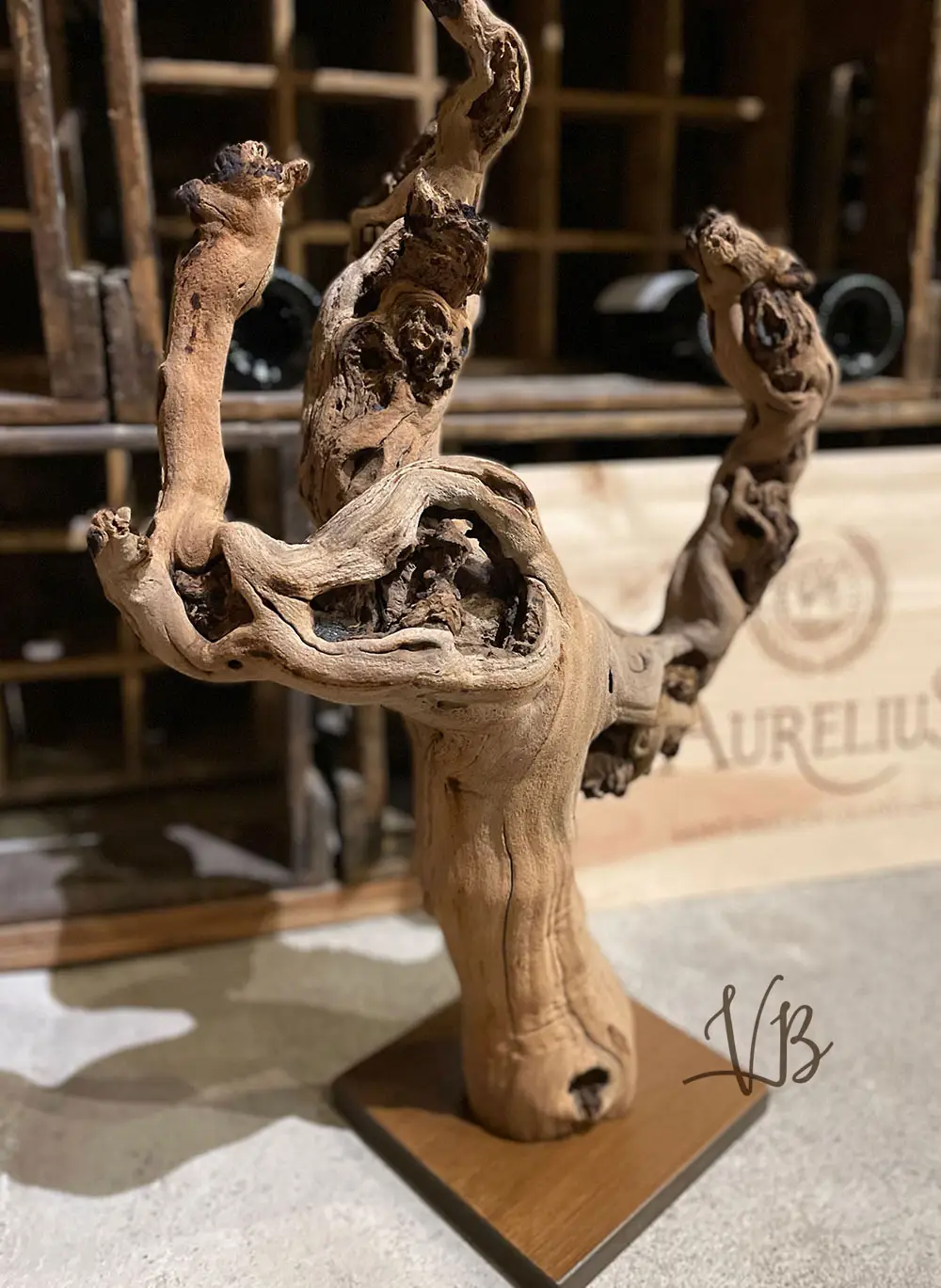
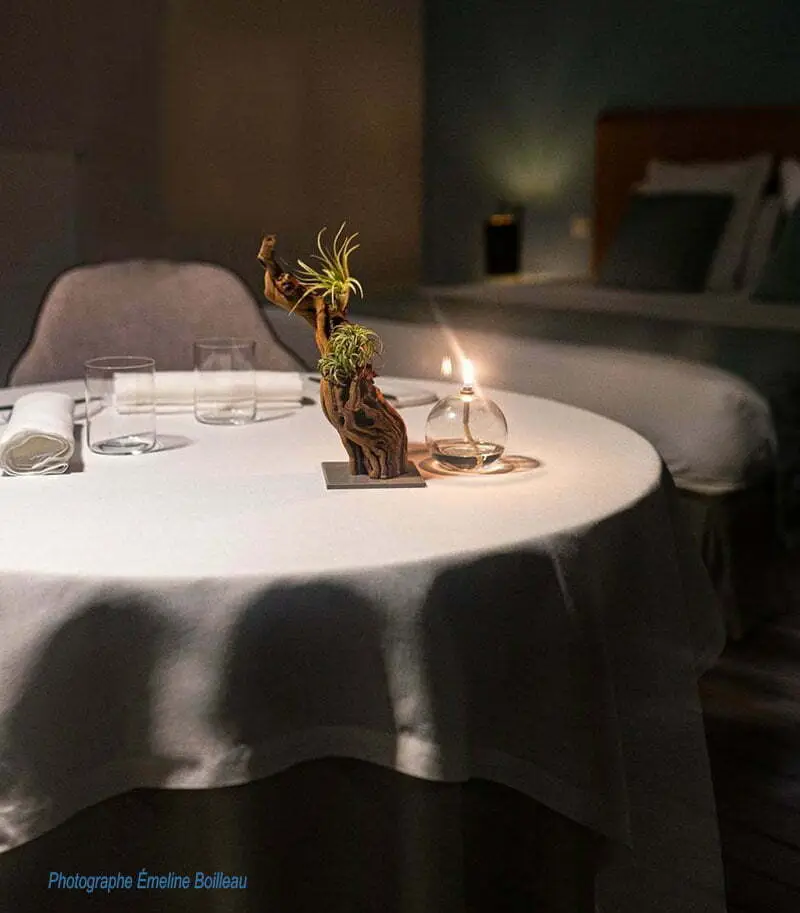

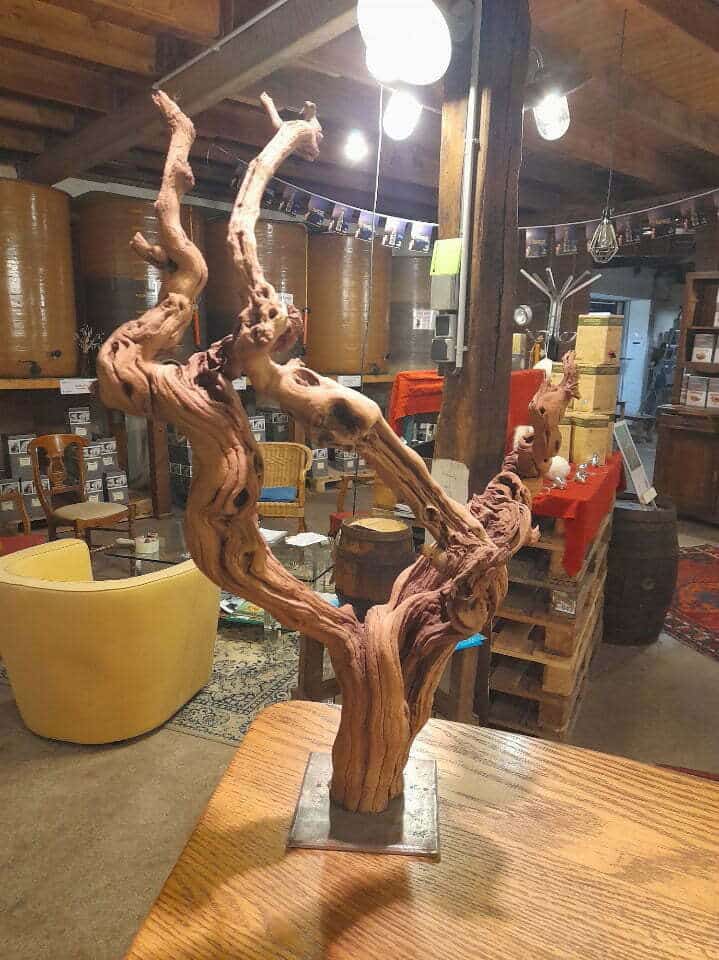
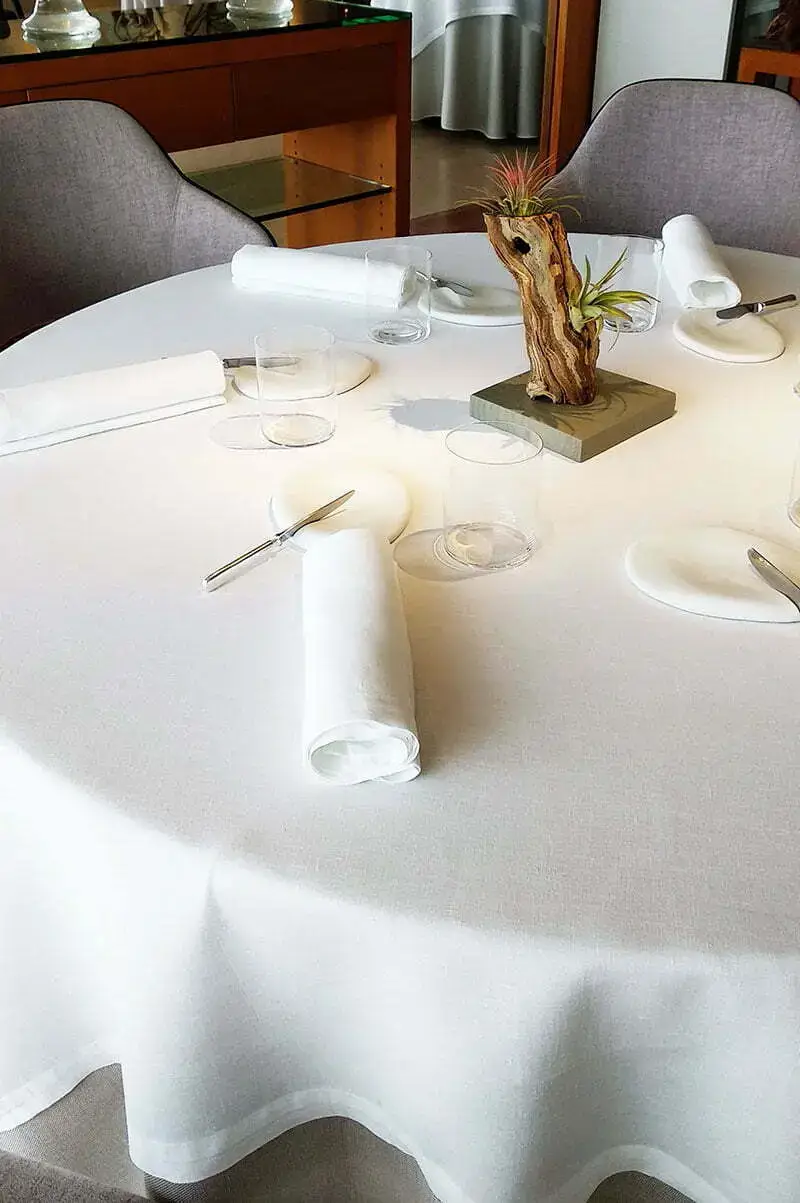
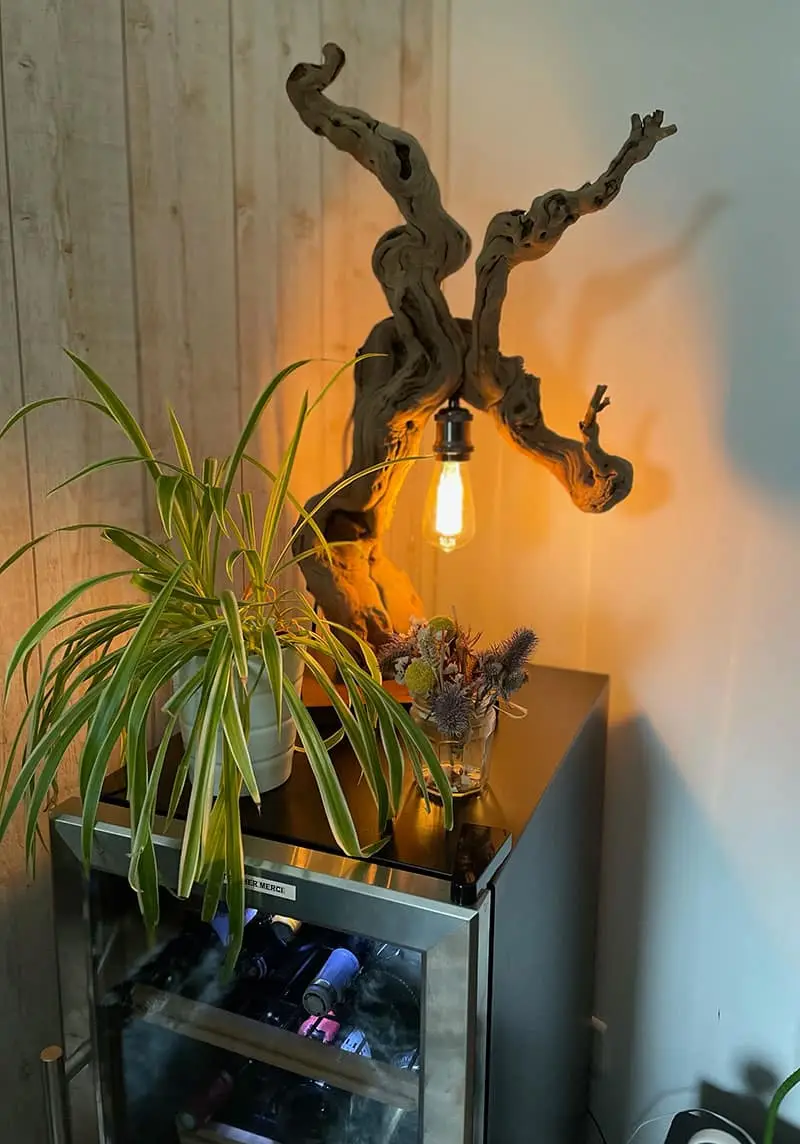
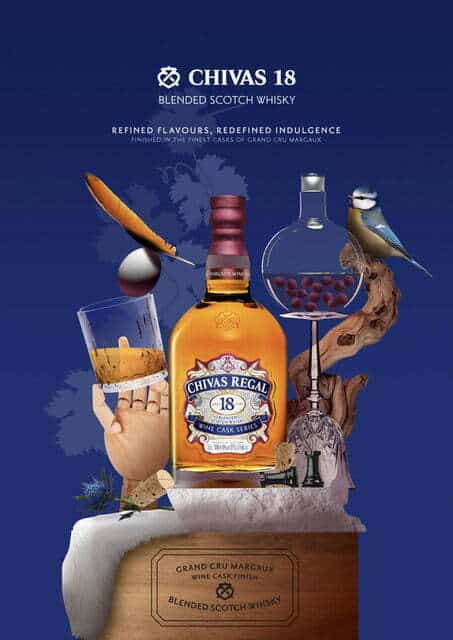
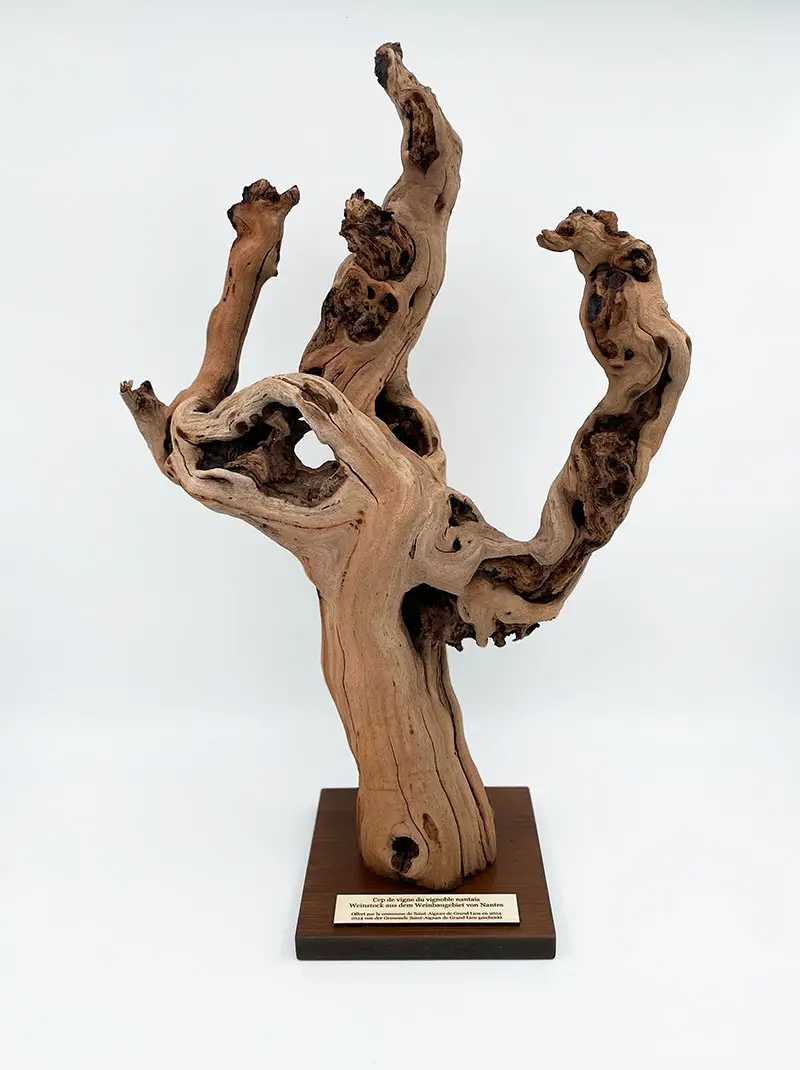


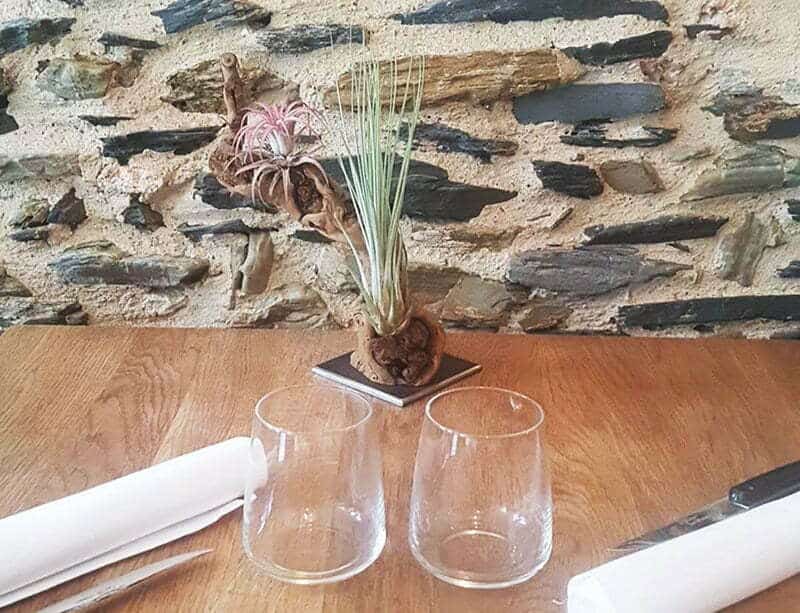
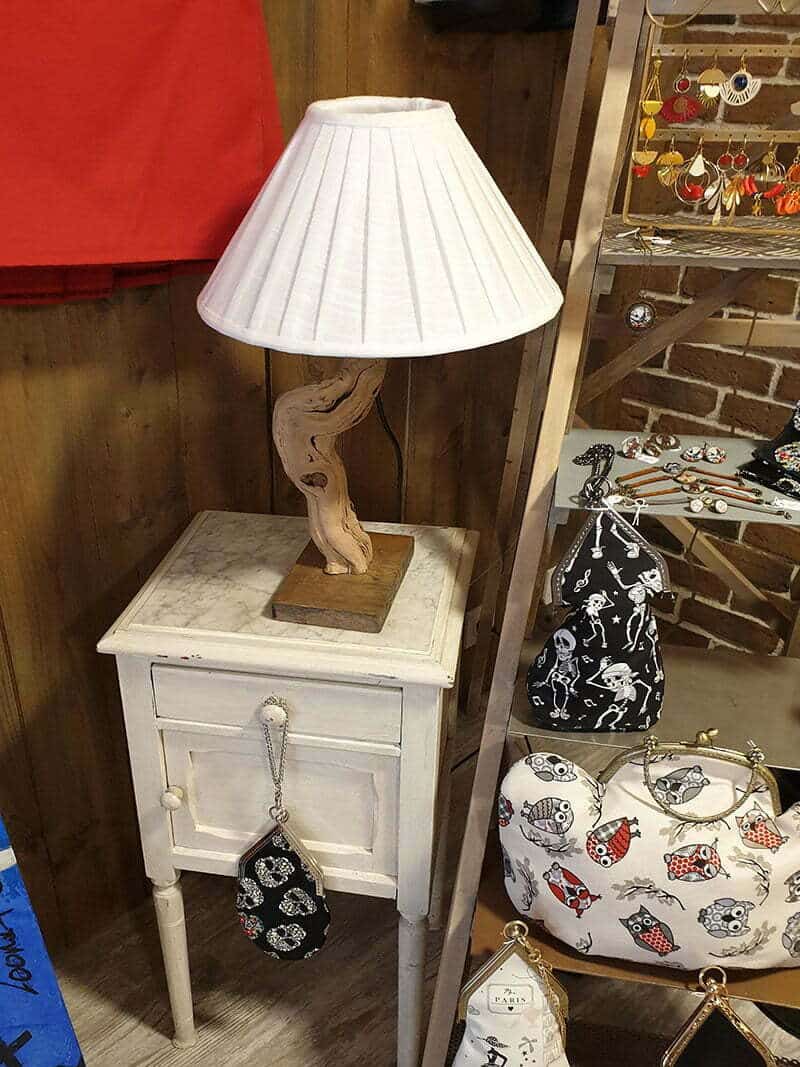


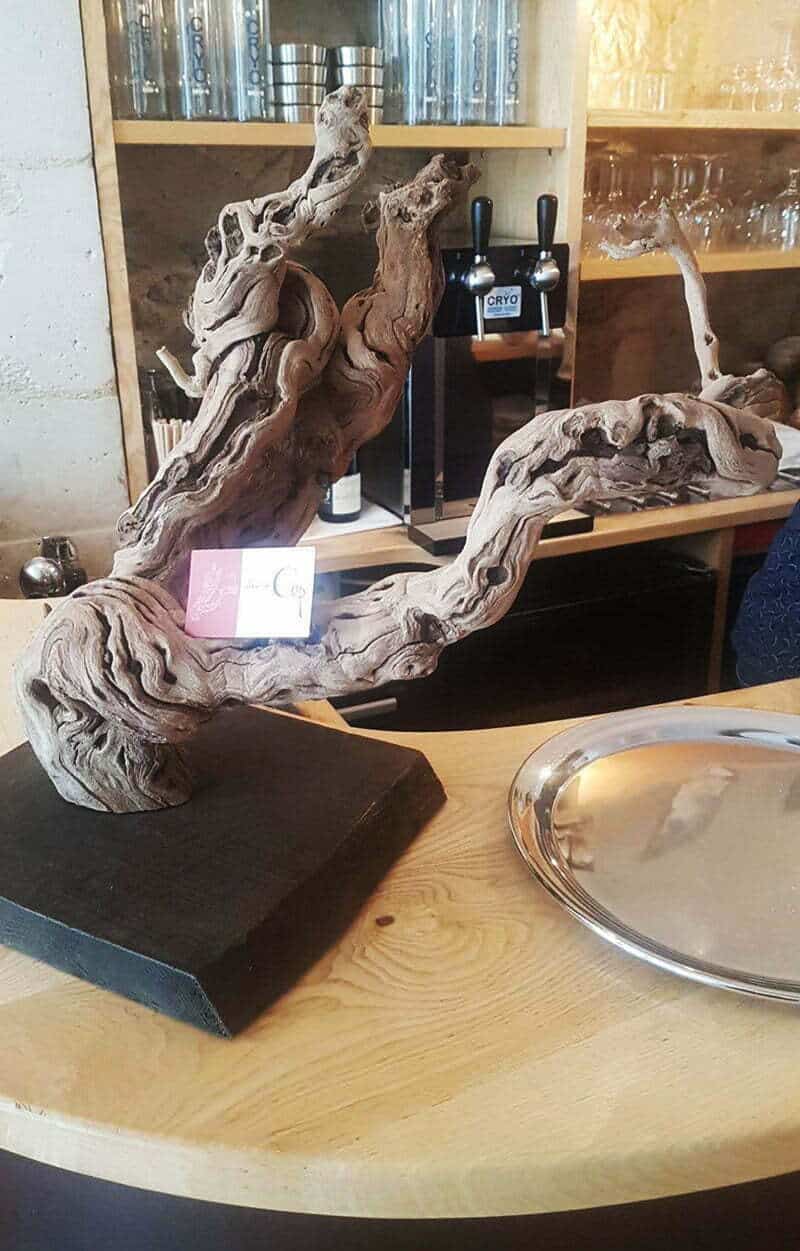
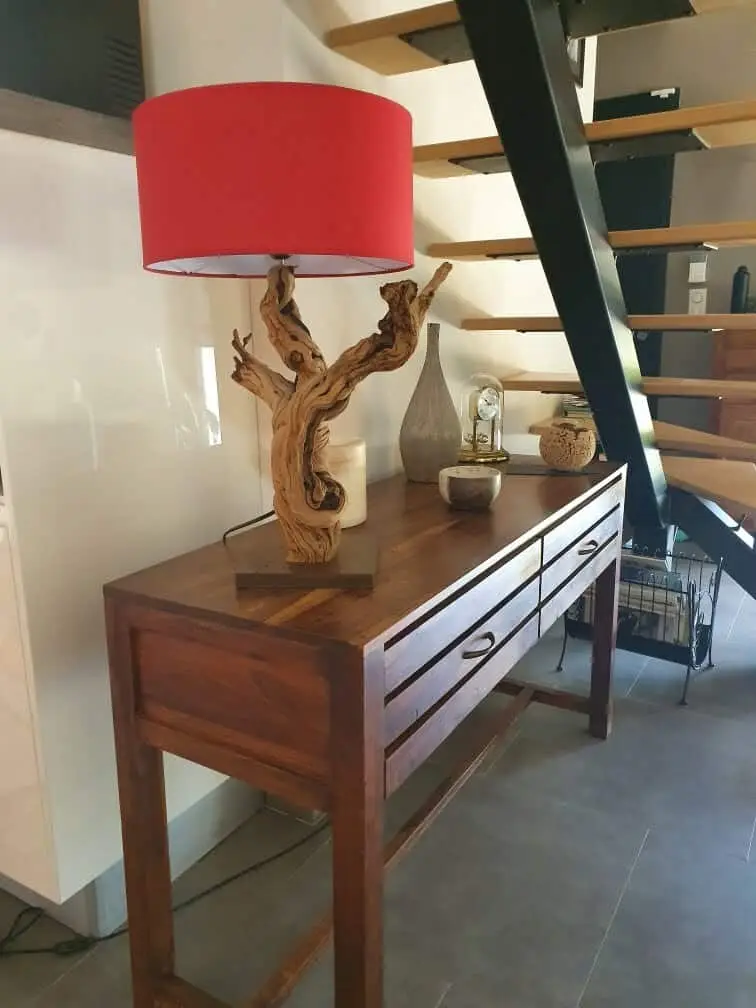


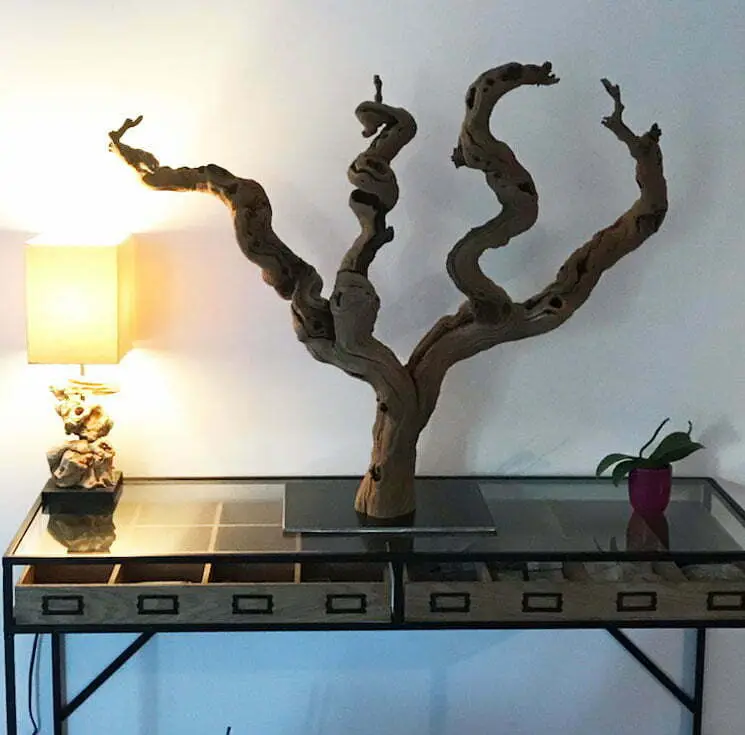



> Notre produit phare : tire bouchon sommelier